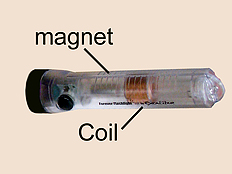On November 28th, James Skrabak was invited in our class. He is currently the director of the safety and health department at CDM Smith.
This was our third time seeing a speaker from the CDM Smith. So at first, I thought the speech was going to be a repeat from the past. However, what James Skrabak said to us during the presentation was very interesting.
He began his presentation with asking with some questions, such as “Do you ever think about safety and health insurances before you enter a company” or “Do you really care about the health or do you can about the salary more”. It was very unusual for a presenter to start his presentation like that so it caught my eye immediately.
As a 25 years of experience in the CDM Smith, he talked to us very confidently. He was giving us all of these lists of what the CDM Smith is providing to the workers and how injuries and other accidents is a huge costs to the company. Even with little cut on a finger can cost the company thousands and thousands of dollars due to the hospital fee and the time the workers cannot work while they are injured. As time progresses, the costs snowballs and can even cause a company to become bankrupt if it keeps happening. When I heard about this, it was very shocking because it felt like as a company, it is very difficult to manage and this built some respect to these big companies.
After that, James Skrabak described about jobs as an engineer. and their responsibilities in details. Because they depend on roles, he spread the responsibilities into four main jobs: design engineer, contractor, construction/project manager, and owner. He explained about each of the jobs very thoroughly so us non-workers of the company can understand what each jobs are and to see if we were interested in them.
Before leaving, Mr. Skrabak insisted on the fact that we, as students, would not be doing what we are studying in our future career. When he said that, it questioned me.. Am i suppose to keep studying environmental engineering or something else? Ever since his speech, I have been wondering if I should even keep going,









 This week, Dr.Shatz introduced us to our final project for this class.
This week, Dr.Shatz introduced us to our final project for this class.